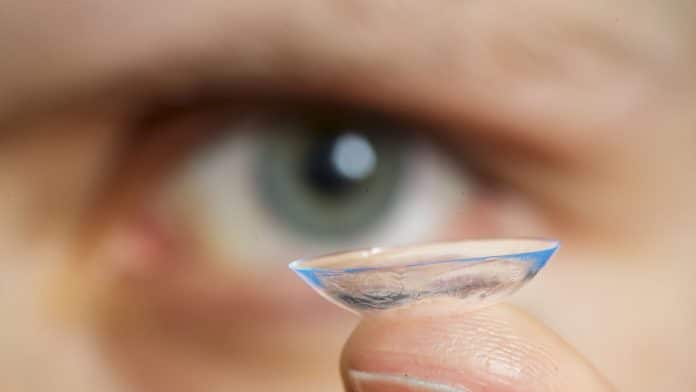The ease and comfort of contact lenses has been a boon for spectacle wearers. While many speak in favour of contacts versus glasses, there is no one side which reigns supreme. Each having its own pros and cons in terms of eye health, ease of use and eye health.
And in the end; lifestyle, comfort, convenience, budget and aesthetics are what should all factor into your decision making process. But when you do finally decide to switch to contact lenses for good, there are several important things for you to know before you buy contact lenses:
- Which ones to go for?: While there are several types of lenses available, soft contact lenses are the most commonly prescribed contact lenses. They can be used to correct various vision problems, such as Myopia (nearsightedness), Hyperopia (farsightedness), Astigmatism (blurred vision) and Presbyopia (age related loss of close-up vision). Soft contact lenses are easy to wear and easier to adapt to than rigid gas permeable lenses. They are most commonly available as dailies (daily wear lenses) and overnight (extended wear) lenses. Rigid gas permeable lenses provide clear, crisp vision for people with most vision problems, and are more durable than soft contact lenses, but it may take a few days or up to a few weeks to adjust to these lenses. The type of lenses that you should go for is what the doctor would suggest once you go in and get fitted for your contact lenses. He would first prescribe you trial lenses (or diagnostic lenses) to try out, after taking measurements of the front of your eye.
- Practice makes perfect: Once you have been fitted for your trial lenses, you would need to begin to get a hang of how to use them. Because these are technically medical devices, it is important to understand that if they are used improperly, they can lead to severe complications. In most cases, doctors insist on the patient practising how to put on and take off lenses during the fitting session itself. Apart from these, an important thing for you to note, especially if you are a first time user, is to ensure that your nails are trimmed, smooth and clean, meaning no jagged edges or dirt underneath your fingernails; because when you are practising putting on and taking off lenses, you risk accidentally scratching your cornea with your fingernail, if it is long or jagged. Eventually, with practise over time, you would realise what is a comfortable nail length for you while wearing lenses, and how to wear makeup around your eyes when you have lenses on. After some time, you could also opt for coloured or decorative lenses, by Bella Elite lenses-these are easily available in USA, Europe, UAE and Australia.
- Remember what NOT to do: While there is a strict no-no to go swimming with contact lenses on, or sleeping in them, it is equally important to know that you cannot do any water related activities like hot tubs or going into the sea, or even washing your face. The reason is simple-you risk many infections, as water is not sterile enough to come in contact with your lenses. Ensuring to change your lens solution in the lens storage case every day, rinsing your lenses properly after every use, never leaving the case open while kept on your vanity counter in the bathroom, never leaving your contact lenses on for more than the prescribed time-these are some of the things to keep in mind, especially if you are a first time contact lens user.
While this list of dos and don’ts may seem very daunting at first, these are some basics which you need to know if you are new to contact lenses. You can always be honest with your doctor and ask about every doubt that you have, because it’s always better to be safe than sorry!
All content herein is owned by author exclusively. Expressed opinions are NOT necessarily the views of VNR, authors, affiliates, advertisers, sponsors, partners, technicians, or VT Network. Some content may be satirical in nature.
All images within are full responsibility of the author and NOT VNR.
Read Full Policy Notice - Comment Policy



























